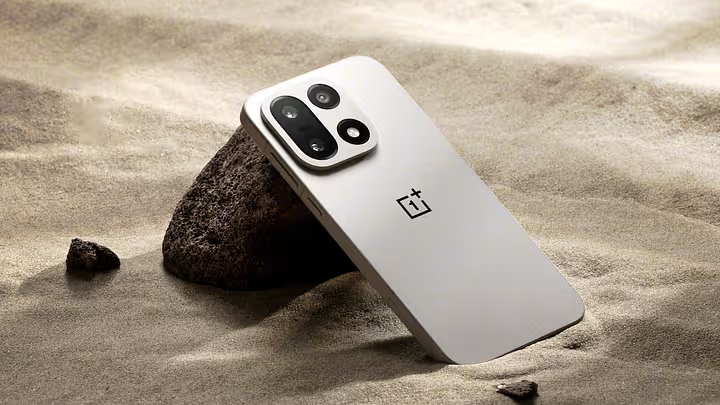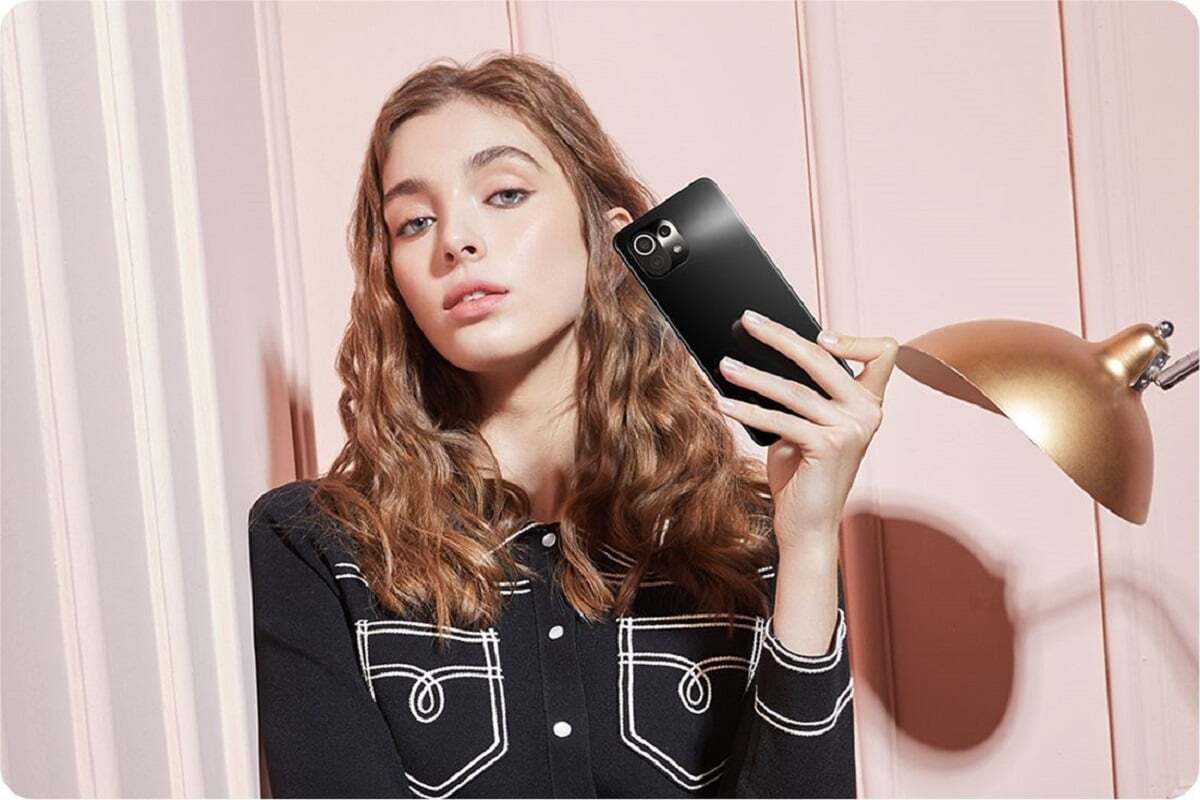 Huawei Ascend G6 is a mid-range smartphone which the Chinese company first unveiled in February during the Mobile World Congress. Huawei, which does not have much presence in the Indian smartphone market both in terms of mindshare and sales, brought the phone to the country in May pricing it at Rs 16,999.
Huawei Ascend G6 is a mid-range smartphone which the Chinese company first unveiled in February during the Mobile World Congress. Huawei, which does not have much presence in the Indian smartphone market both in terms of mindshare and sales, brought the phone to the country in May pricing it at Rs 16,999.
Unlike other Chinese players notably Lenovo, Gionee, Oppo and now Xiaomi, Huawei and ZTE have never been very aggressive when it comes to pushing their phones though they have been present in India far longer. Huawei Ascend G6’s USP is its sleek design and 5MP selfie camera. Is that enough to make it a competent smartphone? We try to find out in our review.
Build and design
Huawei Ascend G6 follows the same design philosophy as seen in Ascend P7. The compact and slim phone looks nice with its rounded bottom edge. It is surrounded by a metallic looking frame on the other three edges, giving it a premium look.
The front of the phone features a 4.5-inch display, three capacitive keys for navigation, an earpiece and the front camera lens.
The 3.5mm headset jack is placed rather unconventionally towards the bottom of the left edge. This makes for poor usability if you want to keep the phone in your pocket with headphones plugged in. The power and volume keys are located at the right edge. These keys don’t wobble and offer good tactile feedback.
The micro-USB port sits at the top. The back features a removable plastic cover that sports a grey matte finish; hides a non-removable, sealed battery, micro-sim and microSD card slots. While the phone is well-built, we feel that the back cover could have been made a little more sturdy to give a feeling of durability. The back also features a camera lens and LED flash.
Overall, Huawei Ascend G6 is a sleek and compact smartphone that looks good and feels nice to hold.
Display
Huawei Ascend G6 sports a 4.5-inch qHD(540x960p) IPS display. The display is underwhelming and text and graphics don’t look as crisp and sharp as they do on 720p phones. Viewing angles are good but sunlight legibility is average. The qHD display of the phone pinches as there are several phones with 720p HD display in the same price range.
Software
Huawei Ascend G6 runs Android 4.3 with Huawei’s Emotion UI 2.0Lite skin on top. Similar to Gionee, Lenovo and Xiaomi’s MiUi ROM, the interface does not include a separate app launcher. App icons and widgets are spread across the home screens (one can have up to 9 home screens).
The UI can be themed and the G6 comes with four preloaded themes, each of which comes with a different set of icons, wallpapers, font style, sounds and lock screen unlocks. The themes can be customized further. Some of the themes look good but we found the others to be bland.
The unified home screen-app launcher style may come across as user-friendly to people who have not used an Android phone before. But it will take some time to get used to if you have already been using an Android smartphone.
The notification tray has also been skinned and features a white background. It features customisable toggles for frequently used settings in addition to notifications. At times, we noticed some usability issues with the white background reducing the visibility if a notification featured white text.
Huawei has customized system apps in accordance with its UI style and some of these show a hint of skeuomorphism. It has also added additional features. For instance, the Music app is capable of displaying lyrics and also comes with a sleep mode to automatically turn off after a preset duration.
The phone also comes with a Phone Manager app that allows power users to tinker with advanced settings and optimises the phone’s performance by cleaning cache and large files, closing background tasks that are not needed, and allowing users to control notifications, app permissions and power settings. The phone doesn’t come with a large number of third party apps, which is a good thing, especially when it offers limited storage.
Overall, we’re happy with the software experience offered by the phone barring some minor niggles. We hope Huawei updates it to Android 4.4 KitKat soon.
Camera
Huawei Ascend G6 features an 8MP rear camera with LED flash and a 5MP front-facing camera.
The camera app is simple to use and features controls for granular settings such as brightness, ISO, white balance and contrast. It also offers HDR and panorama modes.
The quality of images captured outdoors, in daylight was really good with accurate colour reproduction, very little noise and good contrast. Low-light shots were also pretty good and we were impressed by the amount of light the camera captured. However, these shots had a lot of noise.
Pictures captured indoors in artificial light also turned out well and had very little noise. The rear camera can capture 720p videos and in our tests, we found the video quality to be above average.
The 5MP front camera is among the best in its class and takes really good selfies, especially in brightly lit conditions. It also has a wide angle lens that helps in getting more people in the frame. The camera app also offers selfie features including a timer and a prompt that directs you to look at the camera.
Overall, Huawei Ascend G6 has good camera hardware though it misses out on full-HD video recording.
Performance
Huawei Ascend G6 is powered by 1.2GHz quad-core processor, developed in-house, and 1GB RAM. While using the phone, we did not encounter any hiccups while launching and switching between apps and there was not much lag.
Casual games such as Subway Surfers run smoothly. However, we encountered some frame drops while playing graphics-heavy games like Asphalt 8.
In terms of synthetic benchmarks, it scored 8,261 in Quadrant Standard, 16,920 in AnTuTu, 1113 in Geekbench 3(Multi-core) and 53 in NenaMark 2, lagging behind Motorola’s Moto G by a small margin in some tests. But we do not recommend a phone based solely on benchmarks as real world performance is different at times.
Ascend G6 sports a 2000mAh battery and sails through a full working day (13-14 hours) with moderate to heavy use (screen brightness at full, 3G on).
Unfortunately, out of the 4GB storage, only 1.83GB is available to the user. However, you can expand the storage with a memory card of up to 32GB.
We were able to play most video and audio files on the phone without any hiccups.
The phone offers good call audio quality and the speaker output was loud and clear. However, a number of times, the other party complained of not being able to hear us. We also noticed that the phone’s signal reception is not as good as other phones in the same range and it dropped signal in weak reception areas. We experienced multiple call drops in a moving vehicle.
The phone was able to lock to GPS without any hiccups.
The external speaker on the phone offers loud stereo sound output. It also features DTS technology for clear and richer sound.
Of course, the sound gets muffled when the phone lies on its back, which is a problem with all such designs that place speakers at the back.
Gaming
We were able to play games like Subway Surfers, Temple Run 2, Banana Kong, and Asphalt 8 without encountering frame drops or freezes.
Verdict
Huawei has been selling phones in India (on its own) for over four years. Yet, very few people in India would be able to recall hearing about a popular Huawei smartphone. Perhaps, a major reason for the same has been the company’s low-key marketing which has led to poor brand recall. Will the G6 work in the company’s favour?
Well, at a price of Rs 16,999, we’re not sure if it would find many takers. The landscape has changed drastically and companies like Asus, Motorola, Gionee and Xiaomi are offering phones with top-end features at budget prices.
There’s no doubt Ascend G6 offers a combination of pleasant form factor, a good camera and decent hardware performance. But it has its share of problems including the low-resolution display, signal reception issues and the steep pricing.
You would be better off buying an Asus ZenFone 5 for Rs 10,000 or Motorola Moto G for Rs 14,000. You could even wait for the forthcoming Xiaomi Mi 3 that offers much superior hardware specs at Rs 13,999.
 TeluguNow.com Telugu cinema news, Movie reviews, Telugu Movies Updates, OTT News, OTT Release dates, Latest Movie reviews in Telugu, Swathi weekly, Telugu cinema reviews, telugu movie reviews, Telugu Actress Photos, Telugu Movie HQ Photos, Tollywood, Box office collections, Telugu Movie show times, Theater List, telugu cinema tickets
TeluguNow.com Telugu cinema news, Movie reviews, Telugu Movies Updates, OTT News, OTT Release dates, Latest Movie reviews in Telugu, Swathi weekly, Telugu cinema reviews, telugu movie reviews, Telugu Actress Photos, Telugu Movie HQ Photos, Tollywood, Box office collections, Telugu Movie show times, Theater List, telugu cinema tickets



